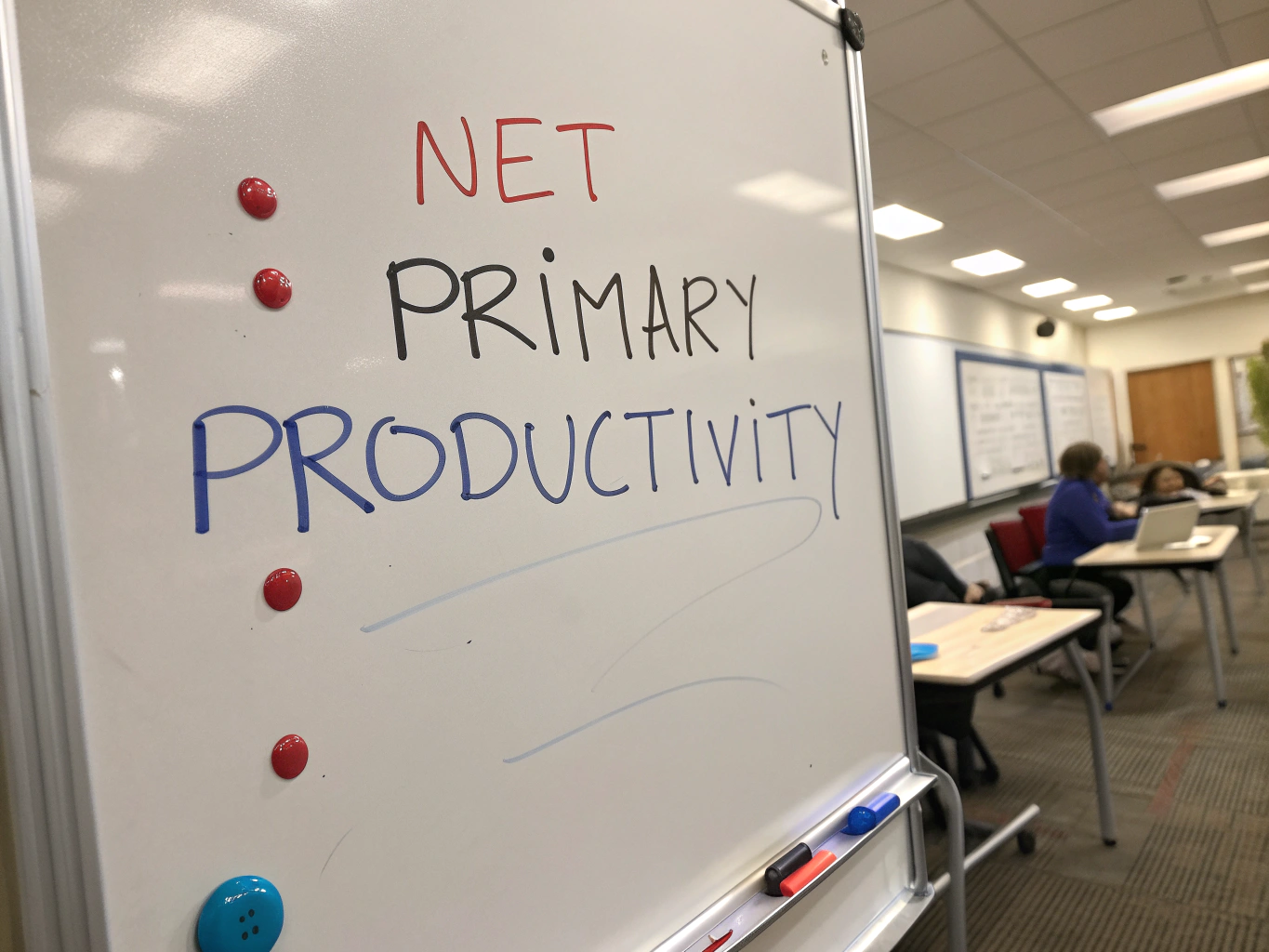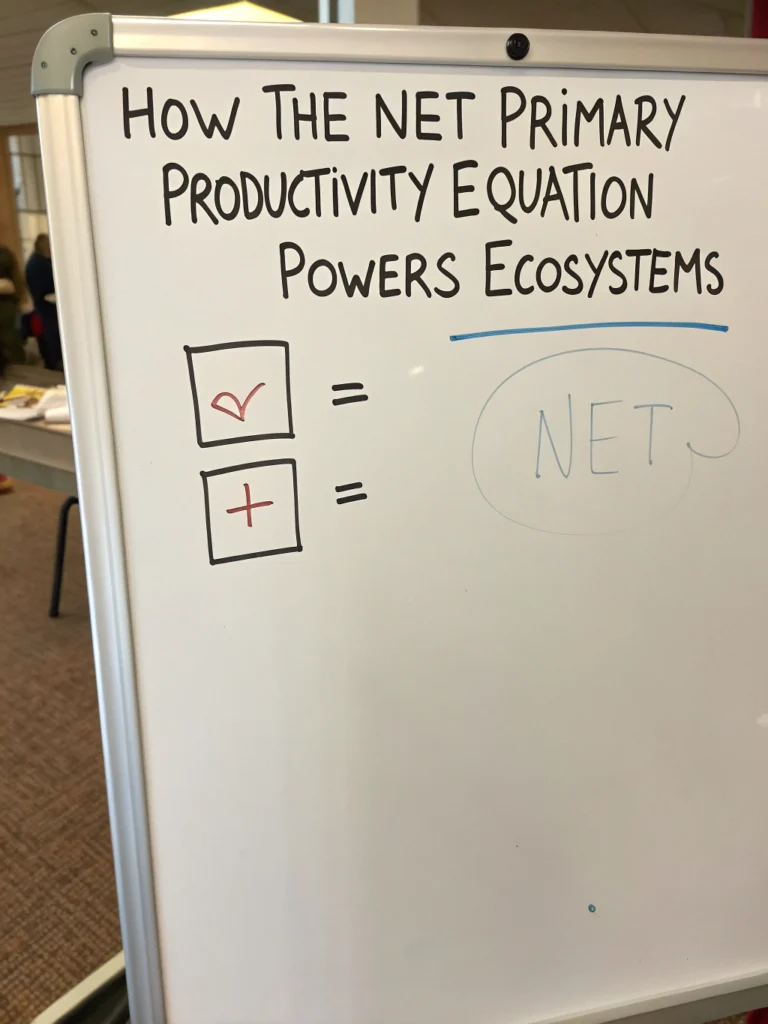How the Net Primary Productivity Equation Powers Ecosystems
Ever wondered how ecosystems thrive? The secret often lies in understanding the net primary productivity equation (NPP equation).
In simple terms, net primary productivity (NPP) is the measure of the energy that plants capture through photosynthesis that remains after accounting for the energy they consume through respiration. This equation plays a pivotal role in shaping ecosystems and guiding energy flow.
What is Net Primary Productivity?
Net primary productivity (NPP) represents the amount of energy produced by primary producers, such as plants and algae, in a given area over a specified time. Think of it as the foundation of energy for all terrestrial and aquatic ecosystems.
The NPP Equation
The NPP equation can be summarized as:
[ \text{NPP} = \text{Gross Primary Productivity (GPP)} – \text{Respiration (R)} ]Where:
- GPP is the total amount of energy captured by photosynthesis.
- R is the energy loss due to respiration by the primary producers.
This equation isn't just a mathematical formula. It's a powerful tool that helps us understand how energy is transferred in ecosystems, allowing researchers and scientists to predict how different environments affect ecosystem productivity in 2025 and beyond.
How Does NPP Influence Ecosystems?
Here’s how the net primary productivity affects the environment:
Foundation for Food Chains:
- Primary producers are the starting point for all food chains. Their productivity directly impacts the availability of resources for herbivores and, ultimately, carnivores.
Biodiversity:
- Regions with greater NPP often support more diverse ecosystems. Higher energy availability promotes a wider variety of plants and animals.
Carbon Sequestration:
- Areas with high NPP play a crucial role in carbon capture, helping mitigate climate change by absorbing CO2 from the atmosphere.
Ecosystem Resilience:
- Healthy levels of NPP make ecosystems more resilient to changes like drought or human intervention.
The Role of Photosynthesis and Respiration
At the heart of the NPP equation lies a delicate balance between photosynthesis and respiration.
- During photosynthesis, plants convert sunlight into energy stored as carbohydrates.
- Respiration, on the other hand, is their way of releasing that energy to support their growth and maintenance.
This cycle establishes a flow of energy through the ecosystem, essential for all forms of life.

Energy Transfer in Ecosystems
The transfer and cycling of energy can be illustrated through food webs and chains.
Understanding the energy transfer in ecosystems is vital:
- Energy flows from producers to consumers in various ways, creating complex interdependencies.
- When primary producers are abundant, herbivore populations can thrive, followed by a robust carnivore population.
Future of Ecosystem Productivity (2025)
With climate change and human activities affecting habitats, monitoring ecosystem productivity in 2025 will be critical.
- Researchers utilize the NPP equation to model future scenarios.
- The data can help conservationists implement strategies to protect ecosystems.
Conclusion
In essence, the net primary productivity equation illuminates the complexity of ecosystems.
Whether you're a student, scientist, or just a nature enthusiast, grasping this concept can make you appreciate the balance of life on Earth.
For those looking to enhance their organizational skills and productivity, check out the AI for Productivity eBook + Checklist: Supercharge Your Efficiency in 2248 and the ADHD Productivity Power Pack: Ebooks, Guides, Checklists, Workbook & Tools to Master Focus, Time Management & Organization.
When you understand concepts like NPP, you not only grasp the mechanics of nature but also uncover strategies for productivity in your life.
FAQs
Q: What is the importance of net primary productivity?
A: NPP is crucial for determining the health of ecosystems, food production, and carbon sequestration.
Q: How does the NPP equation affect conservation efforts?
A: It helps in understanding the energy dynamics of ecosystems, which is key to developing effective conservation strategies.
Q: What factors can influence net primary productivity?
A: Climate, soil nutrients, water availability, and human interference are major factors affecting NPP levels.
Dive deeper into the dynamic world of ecosystems and boost your productivity knowledge today!

